ʿIn a colonial project there is no exchangeʾ
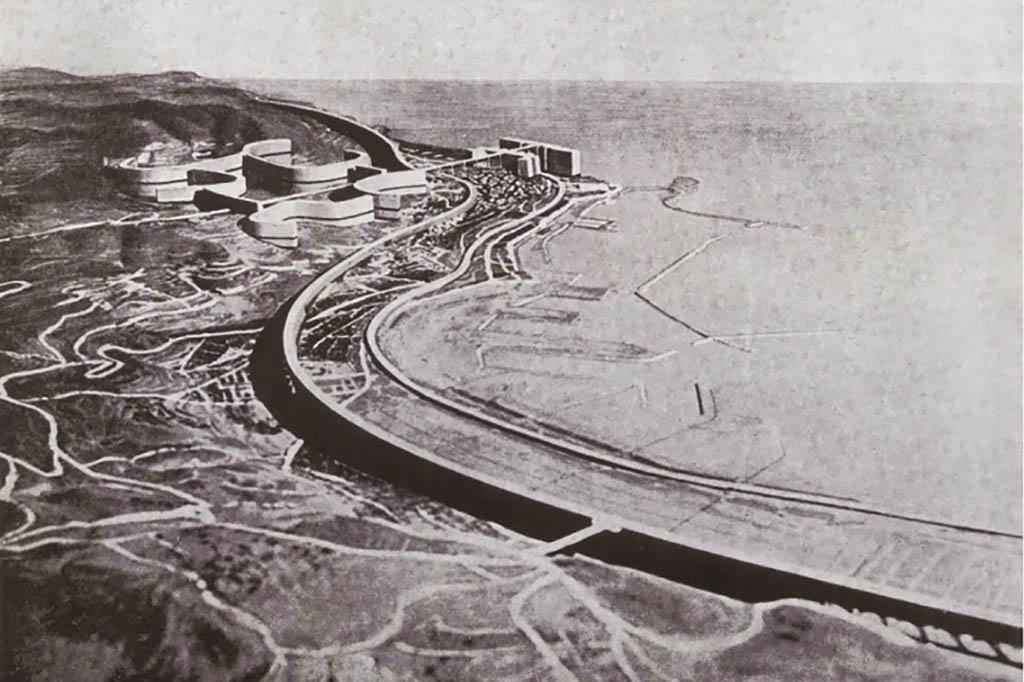
Chocolate and Le Corbusier belong together — not just on account of their ties to Switzerland, but also because their histories are closely linked to colonialism. A conversation with architectural historian Samia Henni.
Samia Henni is a citizen of the world: Raised in Algeria, she studied and completed her doctorate in Switzerland on how the French colonial power used architecture to fight the Algerian Revolution.
Her historical interests range from nuclear bomb tests in the desert, war zones and deportations to issues of race and gender. She teaches at Cornell University’s College of Architecture, Art and Planning in Ithaca, New York. Currently she is collaborating with the Swiss Project NEXPO – an initiative by the ten largest Swiss cities to realise a new form of national exhibition.

SWI swissinfo.ch: You lived, studied, and worked in Switzerland for a while. What remnants of colonialism did you encounter in everyday life there?
Samia Henni: Chocolate (laughs). I mean, I really love chocolate. For Switzerland, it’s a national good. It’s deemed part of Swiss culture both nationally and internationally. But if you look at the history of the trade or the extraction of cocoa, the links to colonialism are obvious. Only by importing cocoa beans — and other ingredients such as sugar — from the colonies did cocoa become a product associated with Swiss identity and could be appropriated.
When I was teaching a class at the Swiss Federal Institute of Technology in Zurich (ETH Zurich) on “Colonialism and Architecture” I tested my students by showing them a shop window in Zurich’s old town with a sign that said “Kolonialwaren” (colonial goods). Most of them responded to the sign saying, “Oh, that’s from Paris”, “Amsterdam!” or “London” even though it was written in German. In Switzerland, the trade in colonial goods is not necessarily thematised as a product of colonialism – it was successfully whitewashed.
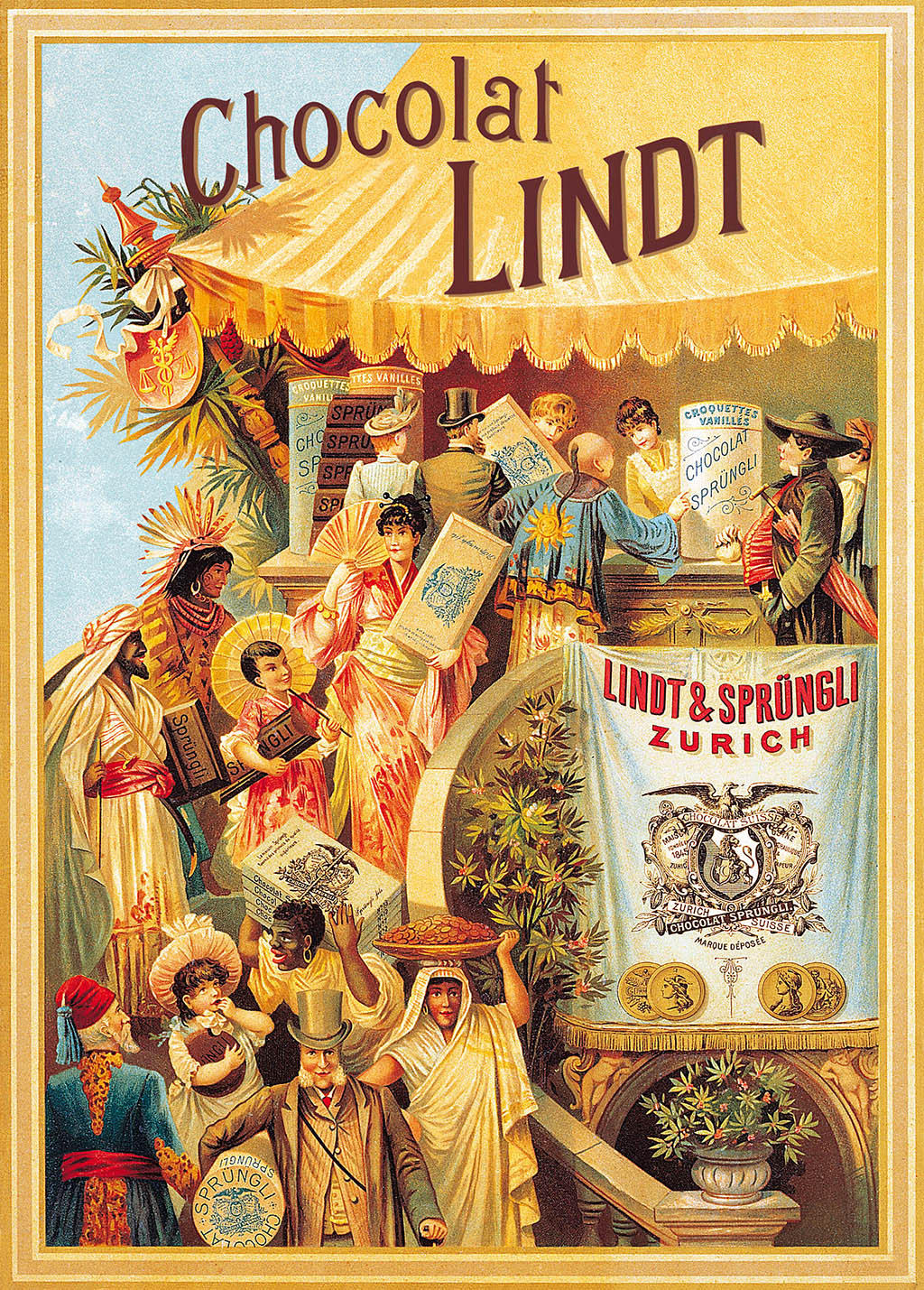
SWI: You say “coloniality” — what do you mean by that?
S.H.: Coloniality entails complex mechanisms of domination and dispossession that include actions, hierarchies, processes, that are very similar to those of colonialism. Coloniality has survived colonialism in many ways. You can have colonial thought patterns and actions without colonialism and its aftermath.
Coloniality is an embedded logic built on the legitimisation of certain forms of exploitation and dispossession, which are wrongly called economic “exchanges”. This is not a standard exchange between equal parties that offers benefits for both sides. In a colonial project there is no exchange.
SWI: Can you give me an example?
S.H.: Monsanto, the US agrochemical and agricultural corporation which was founded in 1902, today sells new seeds every year that produce fruits that do not contain fertile seeds because they are genetically modified. So, farmers cannot have their own seeds and have to buy them every year. They are dependent on global corporations for their seeds. I see this as a violent, colonial relationship not a fruitful exchange.
SWI: As an architectural historian, where do you see such invisible imprints of coloniality in urban landscape?
S.H.: Architecture is like an open-air archive; buildings carry all the layers of history within them. The majority of European capitals were built due to the exploitative conditions colonialism brought across the world. So colonialism has a tangible legacy of modernity, which is part of the same project. Le Corbusier, for example, who is part of the modernist canon, participated in the colonial project.
SWI: In what way?
S.H.: In 1930, on the occasion of the 100th anniversary of the French colonisation of Algeria, the French colonial authorities organised various celebratory events. After these events, Le Corbusier was invited by the influential Association d’Urbanisme Les Amis d’Alger (Urbanism Association of the Friends of Algiers) to Algiers. He was to present a new project that overshadowed the Casbah, the historic center of the capital city. In a grand authoritarian gesture, he presented a megastructure that completely undermined the urban fabric of Algiers and the social and religious habits of the time.
SWI: But it was never built.
S.H.: It was not realised but his modernist planning was in no way opposed to the colonial project. In his vision, too, there was “la ville musulmane” (the Muslim city) and “la ville européene” (the European city); two completely segregated parts of the same city. The scale of his project was primarily intended to introduce an abrupt change of the spatial arrangement and ensure what was called “law and order” at the time.
SWI: But isn’t this attempt to establish order also to be found in European cities? For example, the city planner Georges-Eugène Baron Haussmann razed parts of Paris to the ground in the 19th century to impose his order?
S.H.: This is a fantastic example. Because after the French army arrived in Algiers in 1830 and saw the so-called “disorder” of the Casbah, they demolished a large part of this urban fabric to impose a very strict “order” on the city. They laid out a boulevard, straight streets, and a large square called “La Place d’Armes” This allowed French soldiers to be more visible and better monitor the population.
These planning practices were then transferred to Paris and were especially used after the French Revolution of 1848. In an “orderly” city, it is difficult to organise and sustain an uprising. Algiers was a laboratory for that.
The notion of “order” that modern urban planning stands for is indebted to a completely Eurocentric military perspective. The people who lived in the Casbah knew how to move around and reach all places and markets. The desire for “order” came from the French colonial army, which preferred the grid because of the visibility it offered and easier circulation for people and traffic.
SWI: The African American writer James Baldwin, in his very famous text about Leukerbad in the 1950s, wondered how these people in this tiny Swiss village came to see him as a despicable human being.
S.H.: An example how this perception of black people as dangerous and dirty was popularised are the human zoos, such as the ones created in Geneva in 1896, in Zurich in 1925, and in Basel Zoo in 1926. This is also a valid counter-argument against those who claim that Switzerland did not participate in a colonial project at that time. These human zoos turned human beings — from colonised territories in Africa and Asia — into consumable spectacles and lucrative attractions. They propagated racist prejudices and discriminatory constructs.
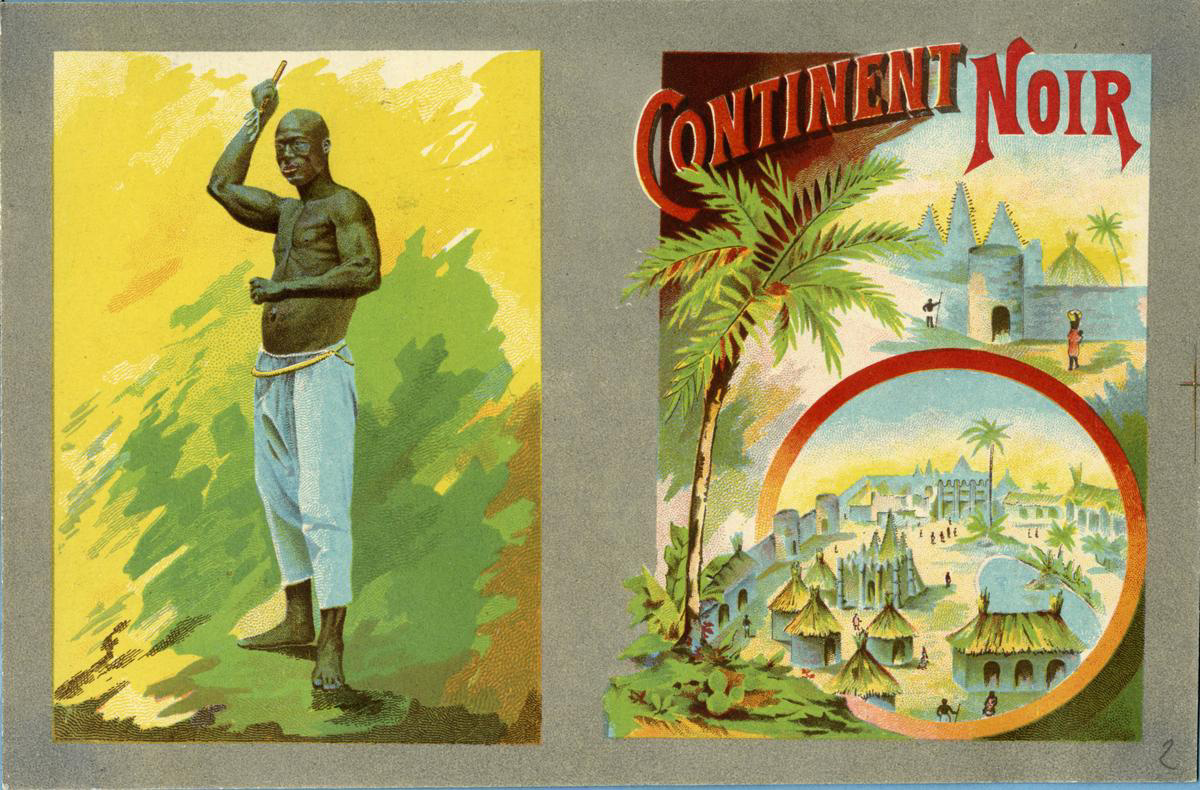
SWI: Why did they exhibit these people at a Swiss national exhibition of all places?
S.H.: The aim of national or international colonial exhibitions was to boost trade, dominate the narratives on European colonialism, and dehuminise colonised bodies. In addition, they were a display of what these countries could accumulate, not just in terms of economic capital, but also in terms of culture, goods, objects, buildings and so on. One of the goals of the fairs was to differentiate white European visitors from the colonised populations, who were deemed inferior.
The question is who decides what and who is inferior to whom and on the basis of what criteria? These kinds of evaluations and categorizations are the clearest expression of the coloniality that permeates human deeds and thoughts, which still persist to this day.
Even though many institutions are working hard to challenge some of the historic systems that create and implement divisions, inequalities, and injustice, we are not there yet. Race, gender, class, and sexual orientation — to name a few categories — continue to play a crucial role in everyday life, professionally and personally. They influence the distribution of access and wealth and reinforce the omnipresence of coloniality. However, criticising this very coloniality allows us to imagine, prescribe, implement, and believe in various “possibilities of an otherwise.”
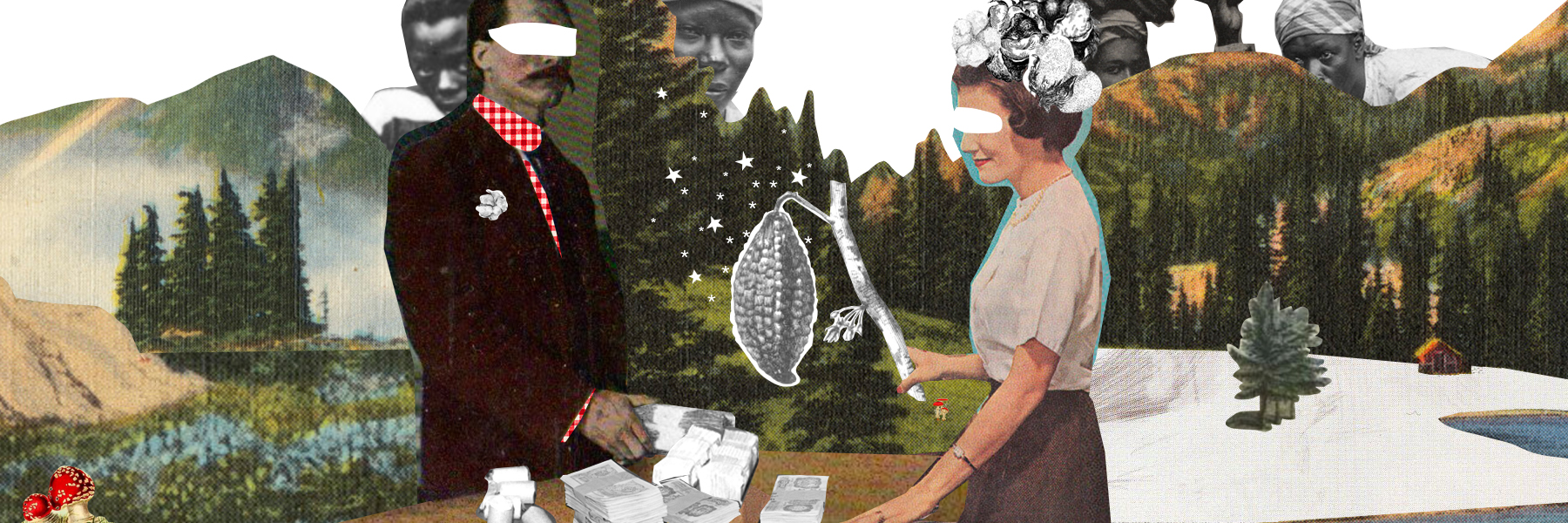
More
Switzerland and its colonists

In compliance with the JTI standards
More: SWI swissinfo.ch certified by the Journalism Trust Initiative

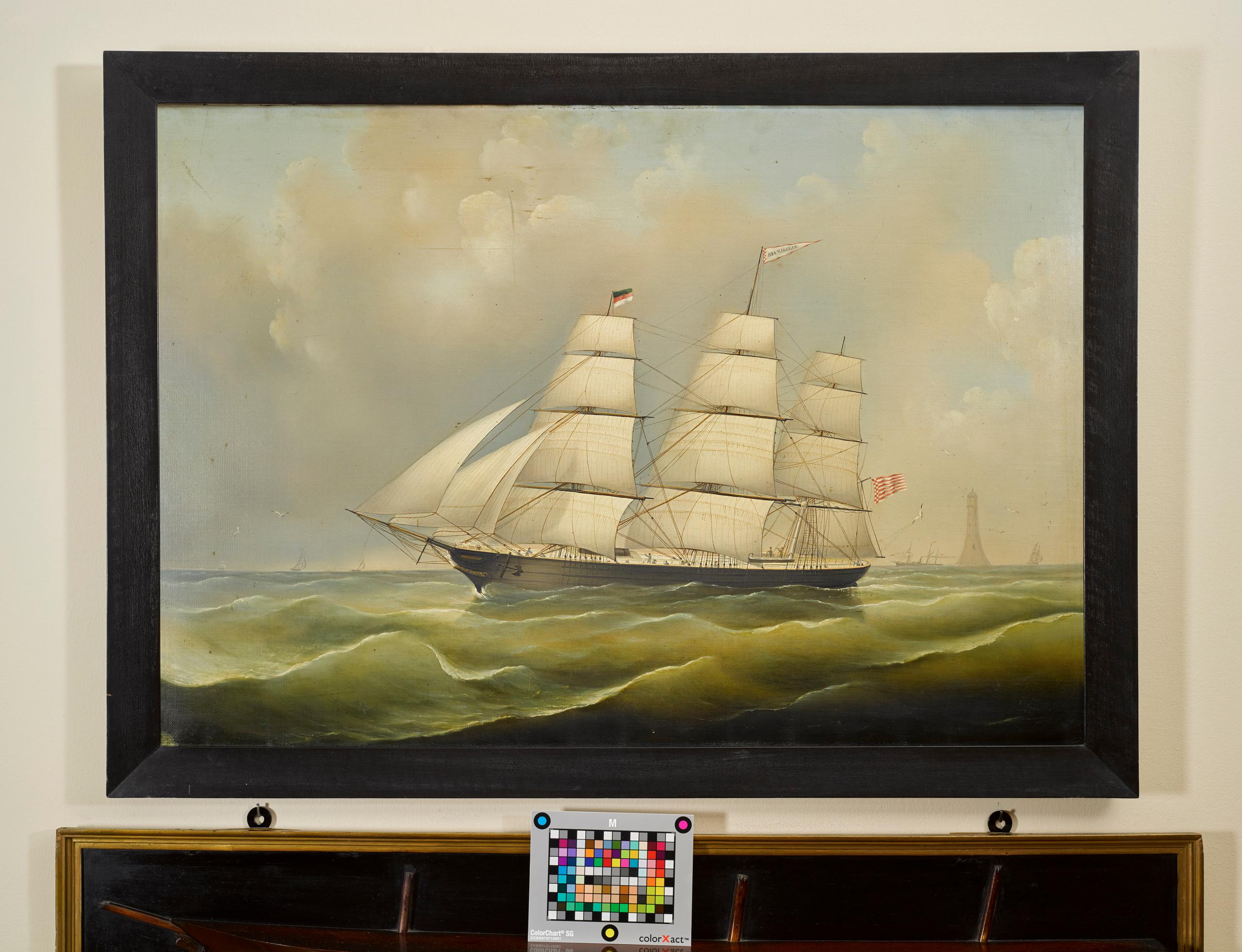
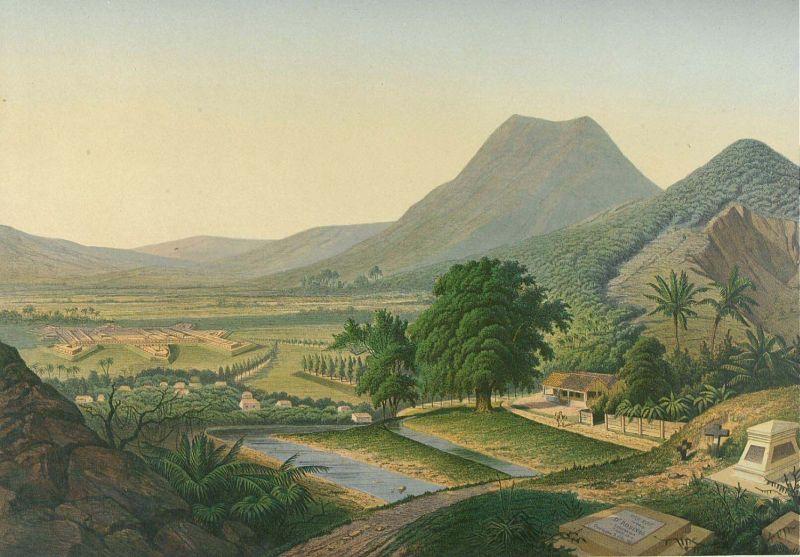
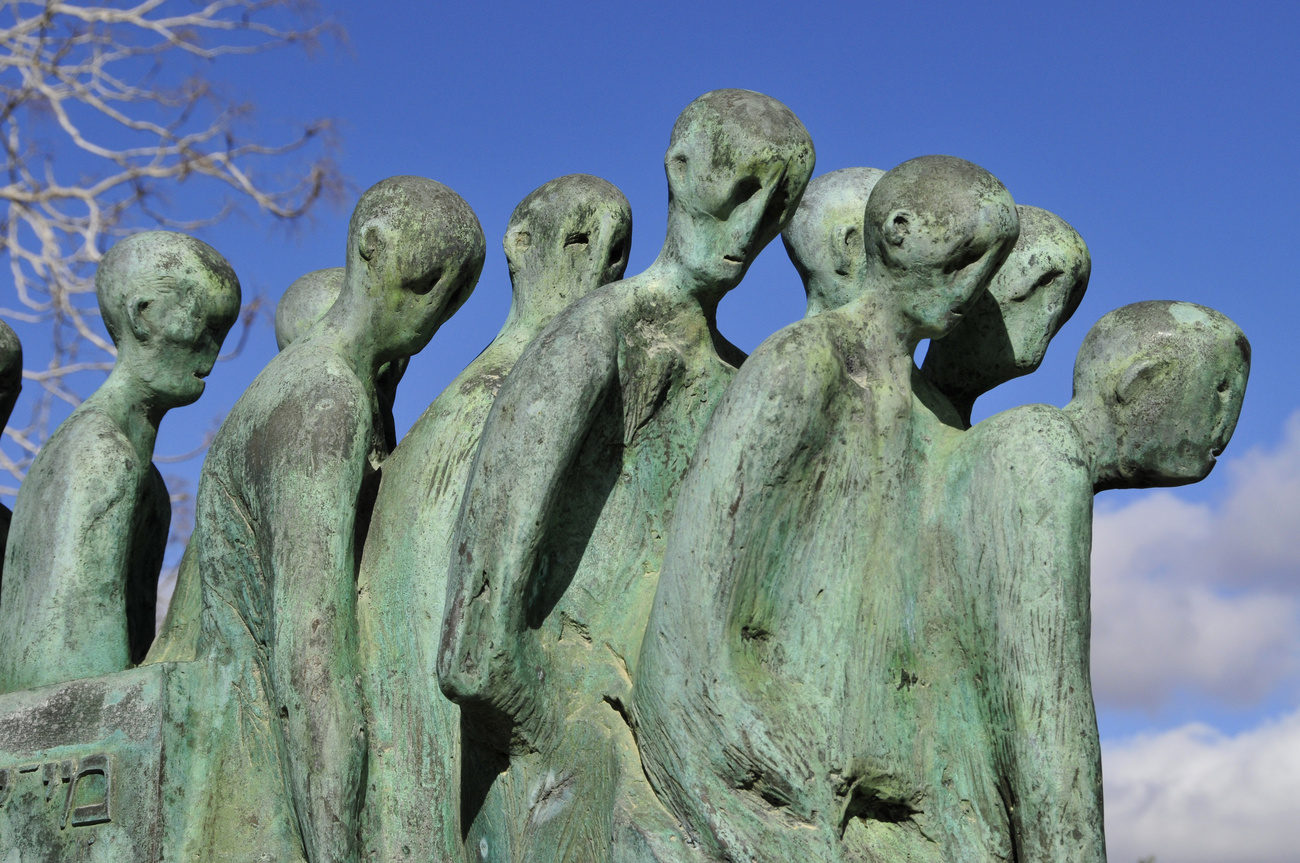
You can find an overview of ongoing debates with our journalists here . Please join us!
If you want to start a conversation about a topic raised in this article or want to report factual errors, email us at english@swissinfo.ch.